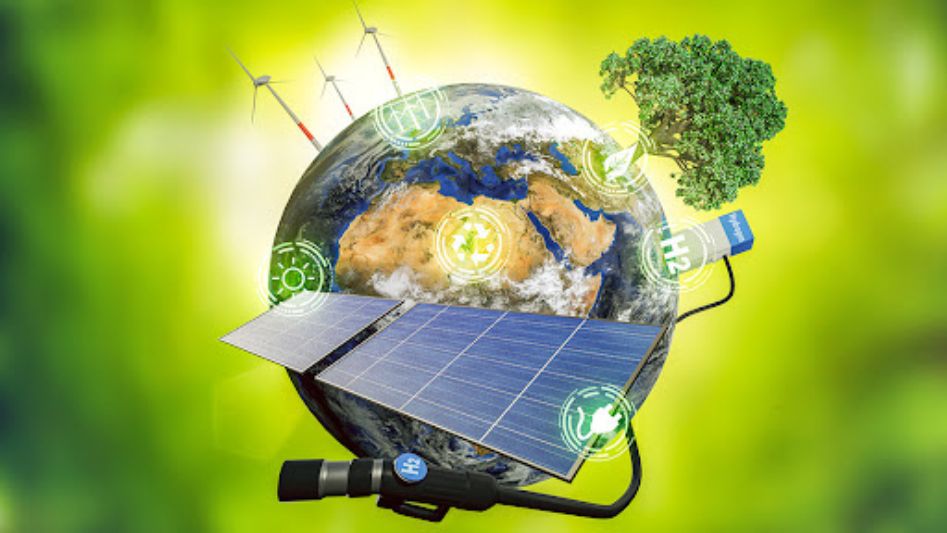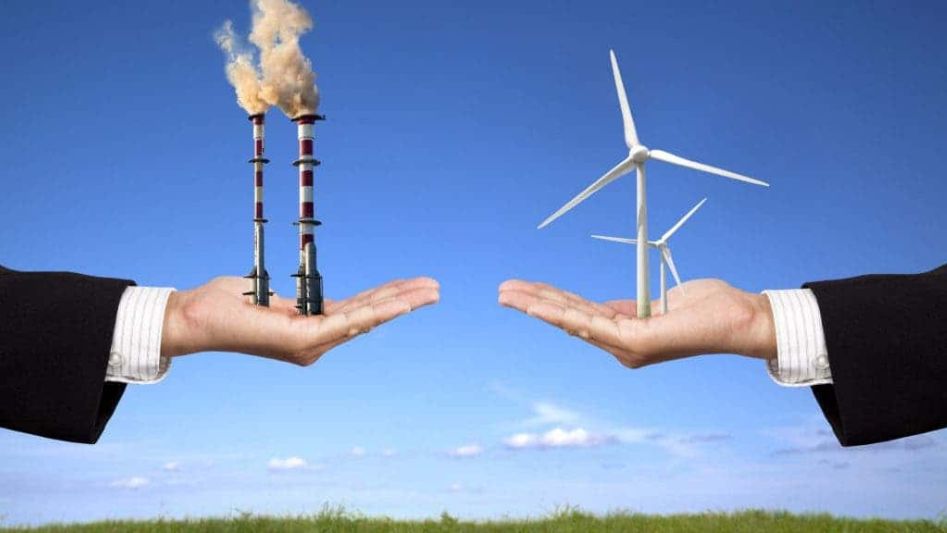In a world facing increasing environmental challenges, the need for clean energy solutions has never been more pressing. The shift towards renewable energy sources is gaining momentum as governments, businesses, and individuals recognize the importance of reducing carbon emissions and mitigating climate change. This article delves into the topic of clean energy and explores how renewable energy can save the planet, providing a sustainable future for generations to come.
Table of Contents

Solar Power: Harnessing the Energy of the Sun
Solar power is one of the most abundant and readily available sources of clean energy. By harnessing the power of the sun through photovoltaic (PV) panels or concentrated solar power (CSP) systems, we can generate electricity without harmful emissions or depletion of resources. Solar energy can be harnessed on both small and large scales, from rooftop installations on residential homes to vast solar farms powering entire cities.
Wind Power: Capturing the Air’s Potential
Wind power is another valuable renewable energy source. By utilizing wind turbines, we can convert the kinetic energy of the wind into electricity. Wind farms, located onshore or offshore, can generate significant amounts of clean energy, contributing to reducing greenhouse gas emissions. Moreover, wind power is increasingly cost-competitive, making it an attractive option for sustainable energy production.
Hydro Power: Tapping into the Flow
Hydropower, derived from the force of moving water, has been a traditional source of renewable energy for centuries. Dams and hydroelectric power plants convert the energy of flowing or falling water into electricity. Hydro power offers a reliable and predictable energy source, supplying electricity to homes and industries while avoiding harmful emissions associated with fossil fuel-based power generation.

Geothermal Energy: Harnessing the Earth’s Heat
Geothermal energy taps into the Earth’s natural heat to generate electricity and heat buildings. This renewable energy source utilizes the heat stored beneath the Earth’s surface, accessed through geothermal power plants or geothermal heat pumps. Geothermal energy is available 24/7 and emits minimal greenhouse gases, making it a clean and reliable source of power.
Biomass Energy: Recycling Organic Matter
Biomass energy involves utilizing organic matter, such as plant material and agricultural waste, to produce heat, electricity, or biofuels. By converting biomass into energy through processes like combustion, gasification, or anaerobic digestion, we can reduce waste and simultaneously generate renewable energy. Biomass energy can play a significant role in decarbonizing sectors like heating and transportation.

Conclusion
Clean energy, particularly through the utilization of renewable sources, presents a promising path toward a sustainable future. Solar power, wind power, hydro power, geothermal energy, and biomass energy collectively contribute to reducing carbon emissions, combating climate change, and ensuring a cleaner world for future generations. By embracing clean energy solutions, we can save the planet and create a brighter, greener future.
FAQ
What is clean energy?
Clean energy refers to energy generated from renewable sources that have minimal or no negative environmental impact. These sources include solar, wind, hydro, geothermal, and biomass.
Why is renewable energy important?
Renewable energy is crucial because it reduces greenhouse gas emissions, mitigates climate change, and decreases reliance on finite fossil fuel resources. It also promotes energy independence and fosters economic growth in the clean energy sector.
Are renewable energy sources reliable?
Yes, renewable energy sources can be highly reliable. Technologies have advanced significantly, and diversified portfolios of renewables can provide consistent power generation. Additionally, storage solutions are being developed to address intermittency concerns.
How can individuals contribute to clean energy adoption?
Individuals can support clean energy by adopting renewable energy sources for their homes, such as installing solar panels or using renewable energy providers. They can also practice energy efficiency, reduce consumption, and advocate for clean energy policies.
You May Also Like
- POLLUTION SOLUTIONS: HOW RENEWABLE ENERGY CAN HELP
- THE 7 MAIN SOURCES OF RENEWABLE ENERGY EXPLAINED
- RENEWABLE ENERGY AND GRID MODERNIZATION: A MATCH MADE IN HEAVEN
- THE ECONOMICS OF RENEWABLE ENERGY: A CLOSER LOOK
- THE BENEFITS OF INVESTING IN RENEWABLE ENERGY
